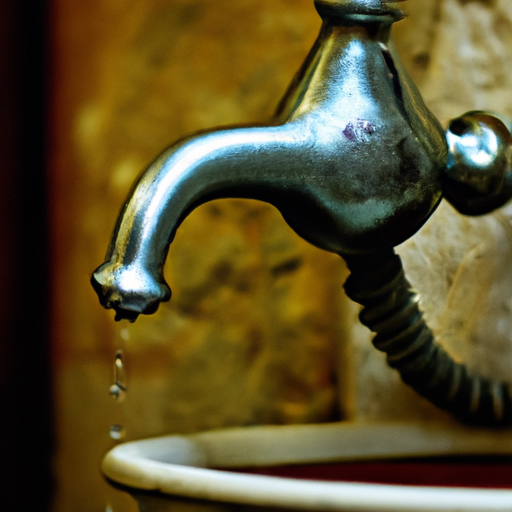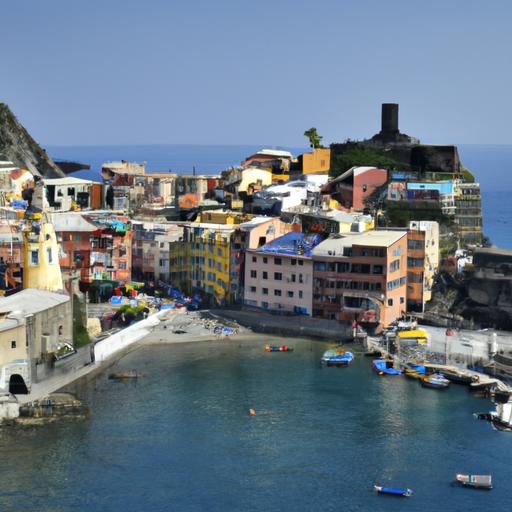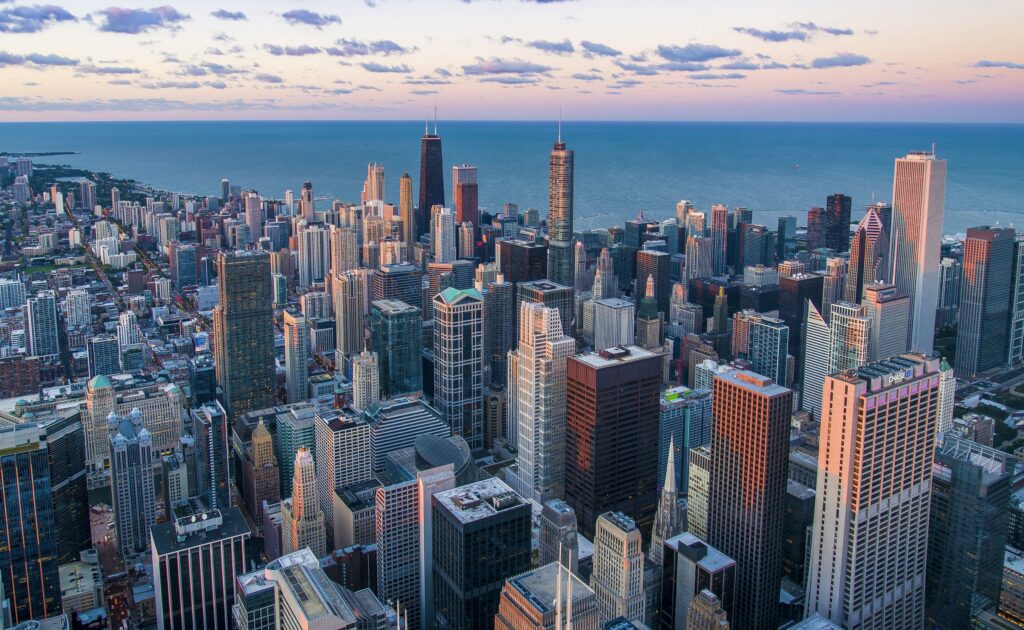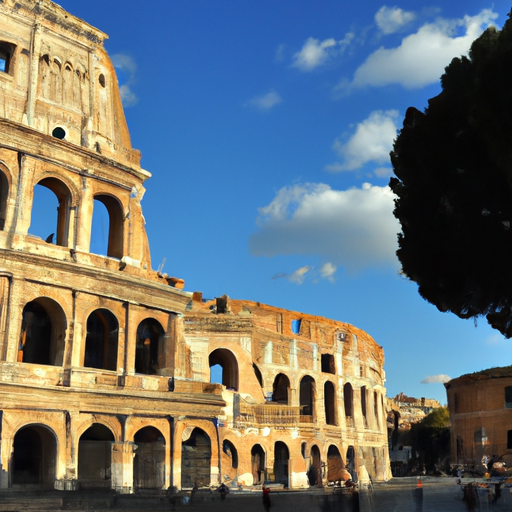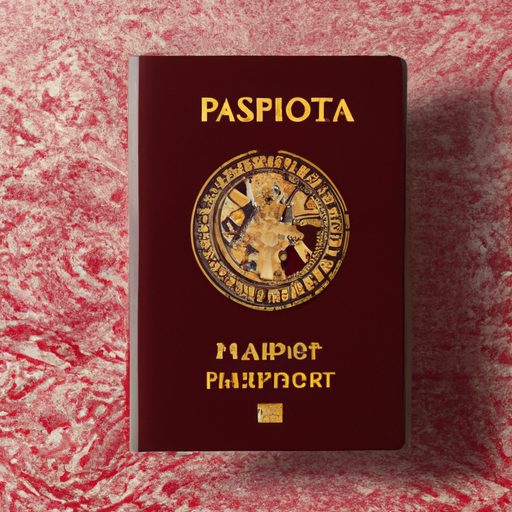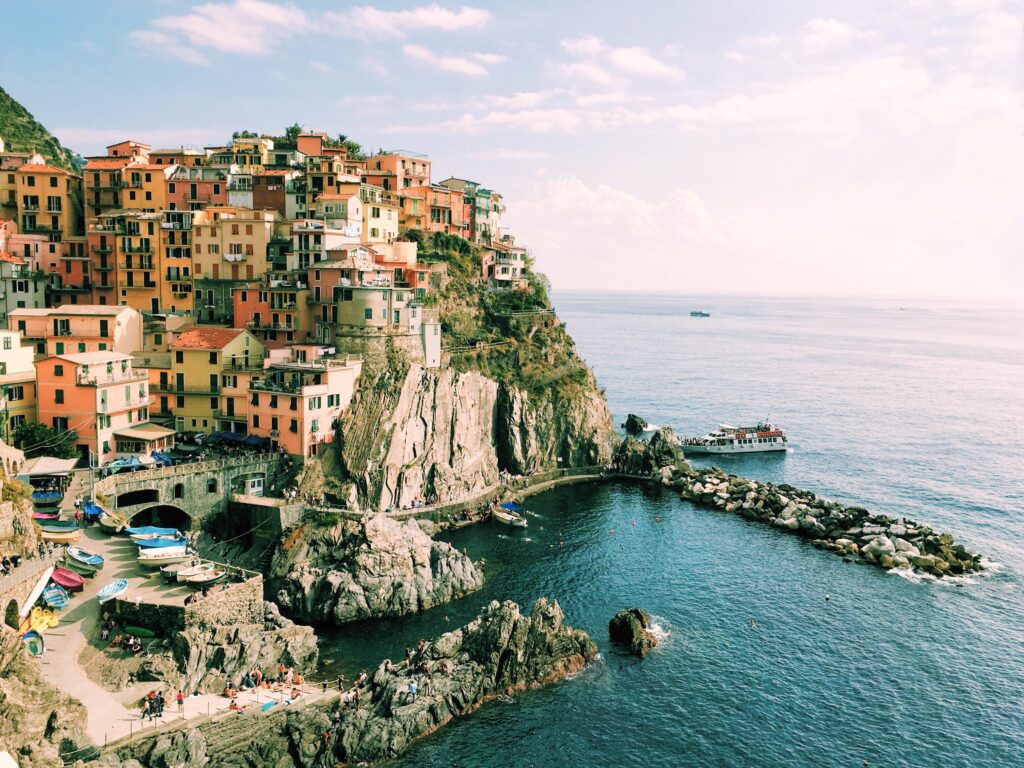In this article, we will answer the question of whether it is safe to drink tap water in Italy. We will discuss the quality of Italian tap water, the regulations in place, and any potential risks associated with drinking it. By the end, you will have a clear understanding of whether you should opt for tap water or bottled water during your stay in Italy.

Water quality in Italy
The importance of water quality
Water is a vital resource for human beings, and its quality directly impacts our health. It is essential to ensure that the water we consume is clean and safe. In Italy, like in many other countries, tap water is a primary source of drinking water for its residents. However, there are certain factors that can affect the quality of tap water in Italy.
Factors affecting tap water quality in Italy
The quality of tap water in Italy can be influenced by various factors, including the source of water and the infrastructure and distribution systems in place. Italy primarily relies on surface water sources such as rivers and lakes for its drinking water supply. These natural water bodies can be prone to contamination from pollutants such as industrial effluents, agricultural runoff, and other sources.
Furthermore, the aging infrastructure and distribution systems in some regions of Italy can pose challenges in maintaining water quality. Old pipelines and water treatment plants may experience leaks or other issues that can lead to the infiltration of contaminants into the water supply.
Regulations and monitoring
To ensure the safety of tap water in Italy, the government has implemented strict regulations and monitoring systems. The Ministry of Health and the National Water Agency (ARPA) are responsible for setting water quality standards and regularly testing and monitoring the water supply across the country.
Water samples are collected and analyzed at different stages of the water treatment process to check for the presence of harmful substances. The tests cover parameters such as bacteria, viruses, pesticides, heavy metals, and other contaminants that may pose a risk to human health.
Health risks associated with drinking tap water
Potential contaminants in Italian tap water
Although the regulations and monitoring systems in Italy aim to provide safe tap water, there are still potential risks associated with drinking it. Some possible contaminants in Italian tap water include:
-
Bacteria and viruses: The presence of harmful microorganisms in water can cause diseases such as gastroenteritis and other gastrointestinal issues.
-
Pesticides and herbicides: Agricultural practices can lead to the contamination of water sources with these chemicals, which may have adverse effects on human health.
-
Heavy metals: Industrial activities can release heavy metals such as lead and copper into the water supply. Prolonged exposure to these metals can lead to various health problems.
-
Chlorine and disinfection byproducts: While chlorine is used as a disinfectant to kill bacteria and viruses in the water treatment process, it can react with organic matter and form disinfection byproducts that may be harmful if consumed in high amounts.
Effects on human health
The consumption of contaminated tap water can have significant effects on human health. Waterborne diseases, such as diarrhea, cholera, and typhoid fever, can result from the ingestion of water contaminated with bacteria and viruses.
Exposure to heavy metals like lead can lead to neurological damage, especially in children. Prolonged exposure to pesticides and herbicides has been associated with an increased risk of cancer, reproductive issues, and developmental disorders.
Furthermore, the disinfection byproducts formed during the water treatment process have been linked to increased risks of bladder cancer, reproductive problems, and other adverse health effects.
Precautions and potential vulnerabilities
Although tap water in Italy is generally safe to drink, there are certain precautions you can take to minimize any potential risks. If you have a compromised immune system or are particularly sensitive to certain contaminants, you may want to consider additional steps to ensure the safety of your drinking water.
Using water filters or water purifiers can help remove potential contaminants such as bacteria, viruses, and chemicals from tap water. These devices usually use filtration technology or a combination of filtration and purification methods to provide cleaner and safer drinking water.
Boiling tap water can also be an effective way to kill bacteria and viruses. It is important to bring the water to a rolling boil for at least one minute to ensure the destruction of any microorganisms present.
Finally, storing tap water in clean, food-grade containers and keeping it in a cool and dark place can help maintain its quality over time. It is crucial to regularly clean the storage containers to avoid the growth of bacteria or the accumulation of any contaminants.

Tap water versus bottled water
Advantages of tap water
Drinking tap water in Italy has several advantages. Firstly, it is cost-effective compared to purchasing bottled water. Tap water is readily available in homes, restaurants, and public places, eliminating the need to constantly buy bottled water.
Furthermore, tap water is subject to strict regulations and testing, ensuring that it meets quality standards. The monitoring systems in place aim to detect and address any issues promptly, providing reassurance about the safety of the water supply.
Advantages of bottled water
On the other hand, bottled water provides certain advantages as well. One of the main reasons people choose bottled water over tap water is the perception of higher quality and taste. Bottled water undergoes additional purification processes, such as reverse osmosis or distillation, which can remove a wider range of impurities compared to conventional tap water treatment methods.
Bottled water also offers convenience, especially when traveling or in areas where tap water quality may be of concern. It is easily accessible and portable, making it a popular choice for individuals on-the-go.
Environmental impact and sustainability
While bottled water may seem like a convenient choice, it is important to consider its environmental impact. The production and disposal of plastic bottles contribute to the accumulation of plastic waste in landfills and oceans, posing a significant threat to the environment.
Choosing tap water over bottled water can help reduce plastic waste and lower carbon emissions associated with the production and transportation of bottled water. It is a more sustainable option, as it utilizes existing infrastructure and minimizes the use of single-use plastic containers.
Water treatment and purification
Water treatment processes in Italy
Italy employs various water treatment processes to ensure the safety and quality of tap water. These processes typically include:
-
Coagulation and flocculation: Chemicals are added to the raw water to aggregate contaminants, allowing them to be easily removed during subsequent steps.
-
Sedimentation: The water is left undisturbed, allowing solid particles to settle at the bottom of the treatment tank.
-
Filtration: The water passes through different filters, such as sand or activated carbon filters, to remove remaining suspended particles and impurities.
-
Disinfection: Chlorine or other disinfectants are added to kill any remaining bacteria, viruses, and other microorganisms. This step ensures that the water is safe for consumption.
Chlorination and disinfectants
Chlorine is the most commonly used disinfectant in water treatment processes worldwide, including Italy. It effectively kills bacteria and viruses and helps maintain the safety of tap water during distribution.
However, the use of chlorine can lead to the formation of disinfection byproducts, such as trihalomethanes, which have been associated with health risks. The levels of disinfection byproducts are closely monitored to ensure they remain within acceptable limits regulated by authorities.
Alternative disinfection methods, such as ozonation or UV irradiation, can also be used in conjunction with or as alternatives to chlorine, depending on the specific water treatment plant.
Filtration and purification methods
Filtration is a crucial step in water treatment to remove suspended particles and impurities. Different types of filters, including sand, activated carbon, and membrane filters, are used to achieve various levels of purification.
Activated carbon filters are effective in removing chemicals, such as chlorine, organic compounds, and some heavy metals. Membrane filters, such as reverse osmosis or ultrafiltration membranes, can remove smaller particles, including bacteria, viruses, and dissolved salts.
Water purifiers that combine multiple filtration methods are also available for use at home or commercial establishments. These purifiers can provide an additional layer of purification to ensure the safety and quality of tap water.
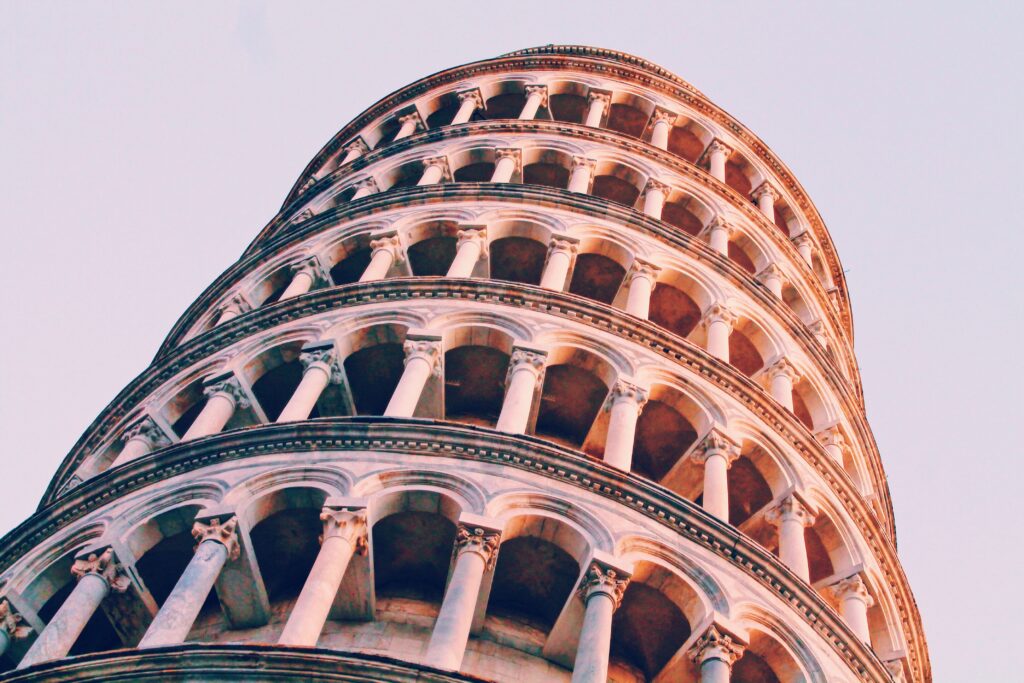
Regional variations in tap water quality
Differences in water sources
The quality of tap water in Italy can vary depending on the region and the source of water used. As mentioned earlier, Italy primarily relies on surface water sources, such as rivers and lakes, for its drinking water supply.
Some regions may have access to pristine water sources, with minimal contamination risks. In contrast, other areas may face challenges due to the presence of pollutants and contaminants in their water sources. For example, regions with significant agricultural activities may have higher pesticide and herbicide levels in their water supply.
Infrastructure and distribution systems
The infrastructure and distribution systems play a crucial role in maintaining tap water quality. Regions with well-maintained infrastructure and regular maintenance practices are more likely to provide high-quality tap water to their residents.
However, regions with older infrastructure may face challenges in ensuring water quality. Leaks, breaks, and pipe corrosion can allow contaminants to enter the water supply, compromising its safety.
Notable regional disparities
There are notable regional disparities in tap water quality in Italy. Some regions, such as Lombardy and Emilia-Romagna, have water sources considered to be among the best in terms of quality and taste.
On the other hand, regions in southern Italy, such as Calabria and Sicily, may face challenges due to water scarcity and higher levels of contamination. In these regions, additional precautions or alternative sources of drinking water may be advisable.
It is crucial to be aware of these regional variations when considering the safety and quality of tap water in Italy.
Drinking tap water in major cities
Rome
In Rome, the tap water is generally considered safe to drink. The water supply in the city comes from underground springs and wells, which are regularly monitored and treated. However, the aging infrastructure in some areas can affect water quality, and occasional water restrictions may be imposed during periods of drought.
Milan
Milan’s tap water comes from Lake Como and other surrounding reservoirs. The water quality in Milan is generally good, meeting all the necessary health and safety criteria. However, the distribution system in older parts of the city may sometimes lead to variations in water quality, which can be easily resolved by using filters or purifiers.
Florence
Florence relies mainly on water from the Arno River. The tap water in Florence is tested regularly and considered safe to drink. However, some residents and visitors may prefer to use water filters or purifiers due to personal preferences or concerns about taste.
Venice
Venice faces unique challenges due to its location and the age of its infrastructure. The city relies on its groundwater sources and the surrounding lagoon for its water supply. While the tap water in Venice is generally considered safe, variations in taste due to the high mineral content are common. Filtered or bottled water may be preferred by some residents and visitors.

Best practices for drinking tap water
Using water filters or purifiers
Using water filters or purifiers can provide an additional layer of protection and improve the taste of tap water. There are various types of filters available, including activated carbon filters and reverse osmosis systems. These devices can remove impurities and contaminants, ensuring that you have cleaner and safer drinking water.
Boiling tap water
Boiling tap water is an effective method to kill bacteria and viruses that may be present. Bringing the water to a rolling boil for at least one minute can ensure the destruction of any harmful microorganisms. Boiled water should be allowed to cool before consumption.
Storing tap water
If you want to have a supply of tap water available in case of emergencies or temporary disruptions in the water supply, it is important to store it properly. Clean, food-grade containers should be used for storage, and the water should be kept in a cool and dark place to prevent the growth of bacteria or the accumulation of any contaminants.
Public perception and trust in tap water
Historical concerns
Over the years, Italy has faced various water-related controversies, resulting in public concerns about tap water quality. Incidents such as the contamination of drinking water with pollutants and inconsistent water quality in some regions have contributed to a lack of trust in the tap water supply.
Improvements and public awareness
However, Italy has made significant progress in improving tap water quality and raising public awareness. Stricter regulations, enhanced monitoring systems, and investments in infrastructure improvements have demonstrated the commitment to ensuring safe drinking water for all residents.
Public awareness campaigns and educational initiatives have also played a crucial role in informing the public about the safety and quality of tap water. These efforts aim to rebuild trust and encourage individuals to choose tap water over other alternatives.
Trust in tap water sources
The level of trust in tap water sources can vary among individuals. Some may feel confident in the safety and quality of tap water, while others may prefer alternative options due to personal preferences or concerns.
It is important to stay informed about your local water supply, follow guidelines and precautions, and make well-informed decisions based on your personal needs and preferences.
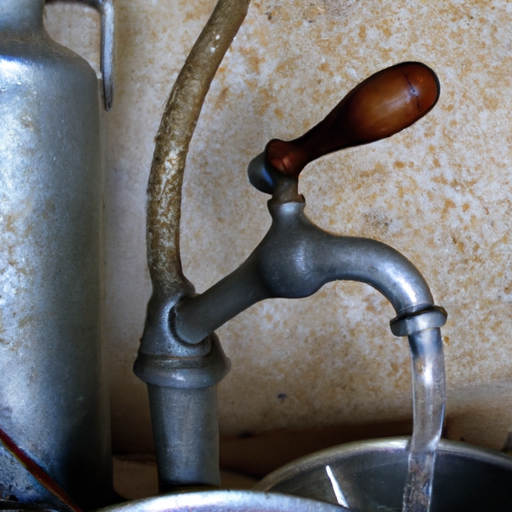
Guidelines for tourists
Precautions for tourists visiting Italy
If you are a tourist visiting Italy, it is generally safe to drink tap water in most areas. However, some precautions can help ensure the safety of your drinking water:
-
Avoid drinking water from public fountains unless explicitly marked as safe for drinking.
-
If you are unsure about the tap water quality in a specific location, consider using bottled water or water from trusted sources.
-
When dining out, check with the restaurant if they serve tap water or bottled water.
-
Use a water filter or purifier if you have any concerns or if you are particularly sensitive to certain contaminants.
Alternatives to tap water for tourists
For tourists who prefer alternatives to tap water, bottled water is widely available in Italy. Many stores, hotels, and restaurants offer bottled water as a standard option. Additionally, various other beverages, such as soft drinks, juices, and herbal teas, are readily available and can be consumed safely.
It is important to dispose of plastic bottles responsibly to minimize environmental impact. Consider carrying a reusable water bottle and refilling it at water fountains or from trusted water sources to reduce waste.
Conclusion
In conclusion, the quality of tap water in Italy is generally safe for consumption. The government has implemented strict regulations and monitoring systems to ensure that tap water meets the necessary health and safety criteria. However, there are certain factors, such as regional variations, aging infrastructure, and potential contaminants, that can affect tap water quality in specific areas.
Taking precautions such as using water filters or purifiers, boiling tap water, and storing water properly can further enhance the safety of tap water. It is important to stay informed about regional variations and make well-informed decisions based on personal preferences and needs.
While tap water in Italy is a cost-effective and sustainable option, some individuals may prefer the taste or additional purification measures provided by bottled water. It is advisable to choose the most suitable option based on factors such as taste, convenience, and environmental impact.
Ultimately, the choice between tap water and bottled water is a personal preference, and understanding the available options and their respective benefits and drawbacks can help make an informed decision.

